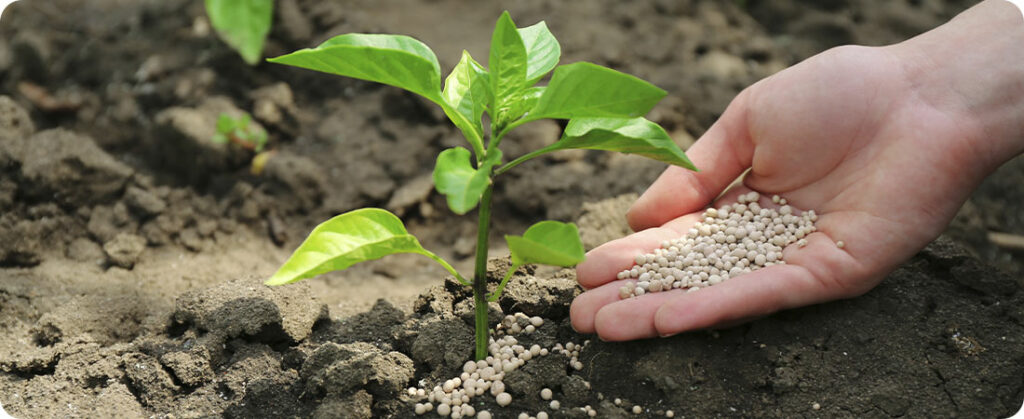
The Fertilizer Purchasing Power Index (IPCF) for February 2024 closed at 1.01, representing an increase of 6% compared to the previous month and, furthermore, 2% above that recorded in the same period last year. The exchange ratio for the main products remains favorable. During the cycle, there was a drop of 2% in the average price of agricultural commodities and, in parallel, a small reduction of 0.2% in fertilizer prices, both essential in calculating the index.
The decrease in commodity prices was significantly influenced by soybeans, with a reduction of 9% due to the advance of the harvest in Brazil, together with a good harvest in Argentina and lower-than-expected Chinese demand, which put downward pressure on prices. Higher-than-expected productivity also played a collaborative role in this decline. On the other hand, corn showed a drop of 7%, with uncertainties regarding the planting area of the Brazilian second crop. In contrast, both cotton and sugarcane recorded small increases of 1% and 4%, respectively.
Increase in the exchange ratio favors producers
In fertilizers, there was a drop in the average price of 0.2%. Furthermore, the positive trajectory observed in February in potassium price movements is noteworthy, highlighting a favorable period for this essential nutrient in terms of exchange ratio. Consequently, the resumption of demand highlights the resilience of market dynamics, which, in turn, induces a correction in current prices. Finally, these variations, carefully monitored, offer a more comprehensive perspective for those interested in the sector, providing a more strategic view of the current scenario and potential future opportunities.
The exchange rate also weights the IPCF. The variation in the dollar was very low, remaining practically stable from one month to the next, reacting better in a scenario of lower global risk, even with geopolitical conflicts remaining on the global radar. The market's focus continues to be on the soybean harvest in Brazil, as well as the final stage in important states, such as Mato Grosso; and in the planting of cotton and corn crops.

Understanding the IPCF
Mosaic Fertilizers, in addition, publishes the IPCF monthly, which consists of the relationship between fertilizer and agricultural commodity price indicators. The methodology consists of a comparison in relation to 2017, indicating that the lower the value, the better the exchange ratio and the more favorable the index. Therefore, the IPCF calculation takes into account the main Brazilian crops: soybeans, corn, sugar, ethanol and cotton.
Methodology
*The source for calculating fertilizer prices in the Brazilian port is CRU, an international consultancy company. The Brazilian market average, in dollars, determines commodity prices, based on publications from Agência Estado and CEPEA to make the calculations.
**The fertilizer price index includes the values of MAP, SSP, Urea and KCL weighted by the respective shares of their use in the country. Commodities include soybeans, corn, sugar, ethanol and cotton, weighted by fertilizer consumption.
***The index is also weighted by the exchange rate, considering 70% of fertilizers (cost) and 85% of commodities (revenue).
****Crops analyzed: soy, corn, sugar, ethanol (sugar cane) and cotton.
*****Data referring to February/2024.
Source: Mosaic Fertilizers | Notícias Agrícolas










